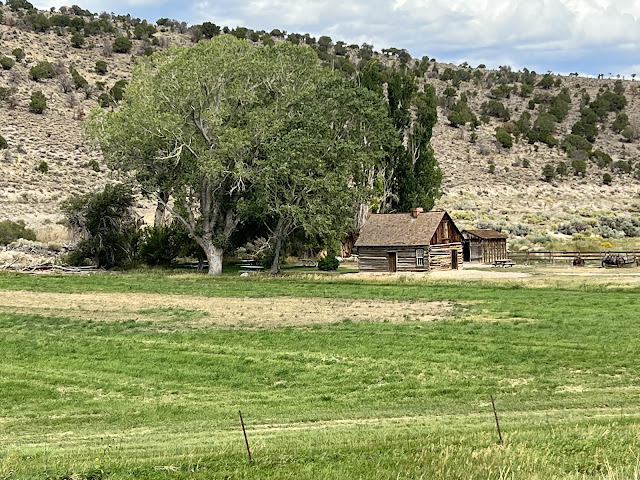Great Falls is five falls
What would come to be known as Great Falls, MT was a challenge for Lewis & Clark. Hidatsa Indians had cautioned Lewis to expect to encounter a waterfall in this area, but what Clark found was five large waterfalls. To be able to continue on the Missouri River, the Corps of Discovery were forced to strategize on a way to portage this part of the river, a distance of 18 miles - with their boats, equipment, tents, food and the like. A steep river bank would exacerbate the effort at the pull-out point at “Portage Creek”, now known as Belt Creek. The group spent time making wheels and carriages out of cottonwood trees to support the canoes. In twelve additional days the group made four round trips across the cactus filled prairie to accomplish the portage. They completed this struggle on July 4, 1805, and celebrated Independence Day by firing their guns and drinking the remaining whiskey they had brought with them.
******************************************************************************
CM Russell is Great Falls’ most famous citizen. He was born in 1864 in St Louis, MO, but left school for Montana at the age of 16 to live life as a cowboy. In 1892, he moved to Great Falls to settle down and continue his life as an artist; he lived there until the end of his life in 1926. At first, painting was just a hobby, but as time went by he got better and people noticed; he produced over 4,000 paintings and sculptures during his lifetime. (He branched out to include sculptures in wax, plaster, clay and bronze.) He became known as the “cowboy artist”, always producing works about the American west, which included cowboys, Native Americans, women and animals. His museum holds a wonderful collection of his work.
About 10 miles southwest of Great Falls is the First Peoples Buffalo Jump State Park. This location is a natural plain that ends in a mile wide steep cliff with a continuation of the plain below the cliff. Since Buffalo hunting was extremely dangerous and time consuming, Indians developed the plan of waiting for a herd to appear on the upper plain, and then driving Buffalo off the edge of the cliff. Others waited at the bottom of the cliff to dispatch animals that had not died in the fall. All the animals were harvested, with 100% of each being used for food, shelter, clothing and the like.
“For thousands of years, bison could be found throughout the North American continent. By the beginning of the nineteenth century, bison roamed the plains and prairies from the Rio Grande north into Canada and from the Rockies east to the Missouri River.
At the height of their population, 30 million bison likely roamed millions of square miles of open range. But by the end of the nineteenth century, fewer than 300 bison remained in the United States.”
The demise of the Buffalo was due early on to the market demand for Buffalo pelts (satisfied by trappers) to customers in the east, and later on to the intentional elimination of herds to deprive Indians of their most critical food source, and thereby force their relocation to reservation lands.
Today approximately 30,000 bison live in public and private conservation herds. Another 400,000 are raised as livestock.
Next, on to Glacier National Park.
































Wow, it's hard to imagine Lewis and Clark going thru all of this!!! I'm enjoying your trip!
ReplyDelete